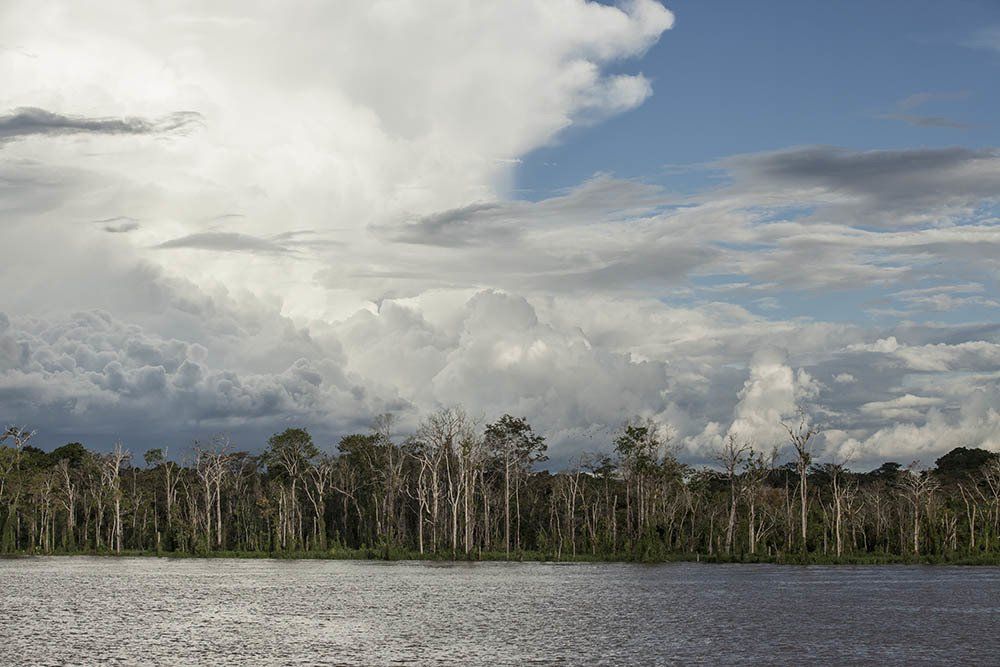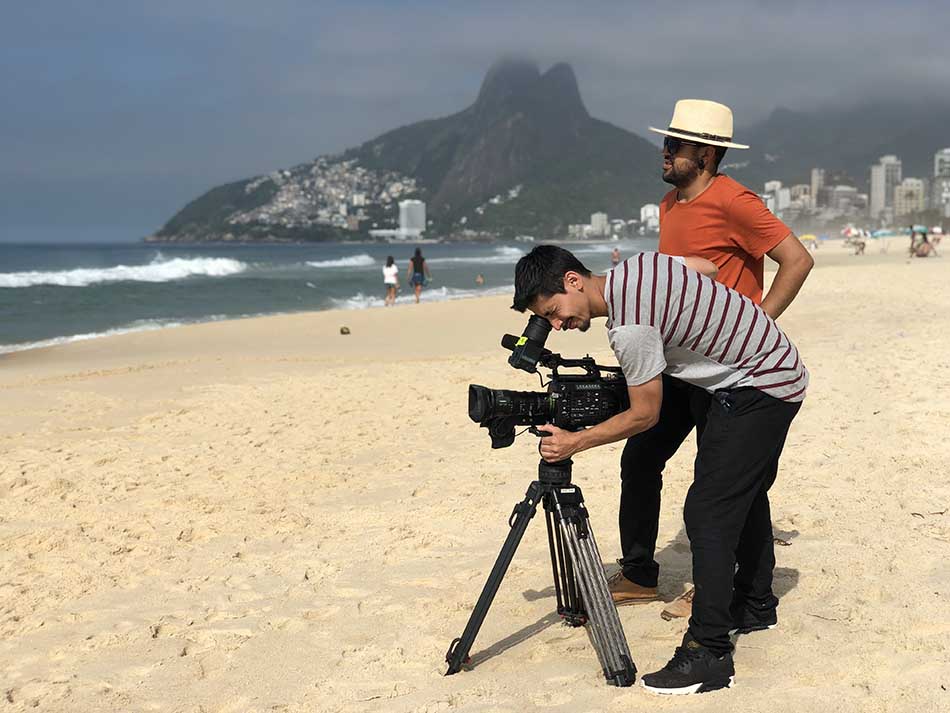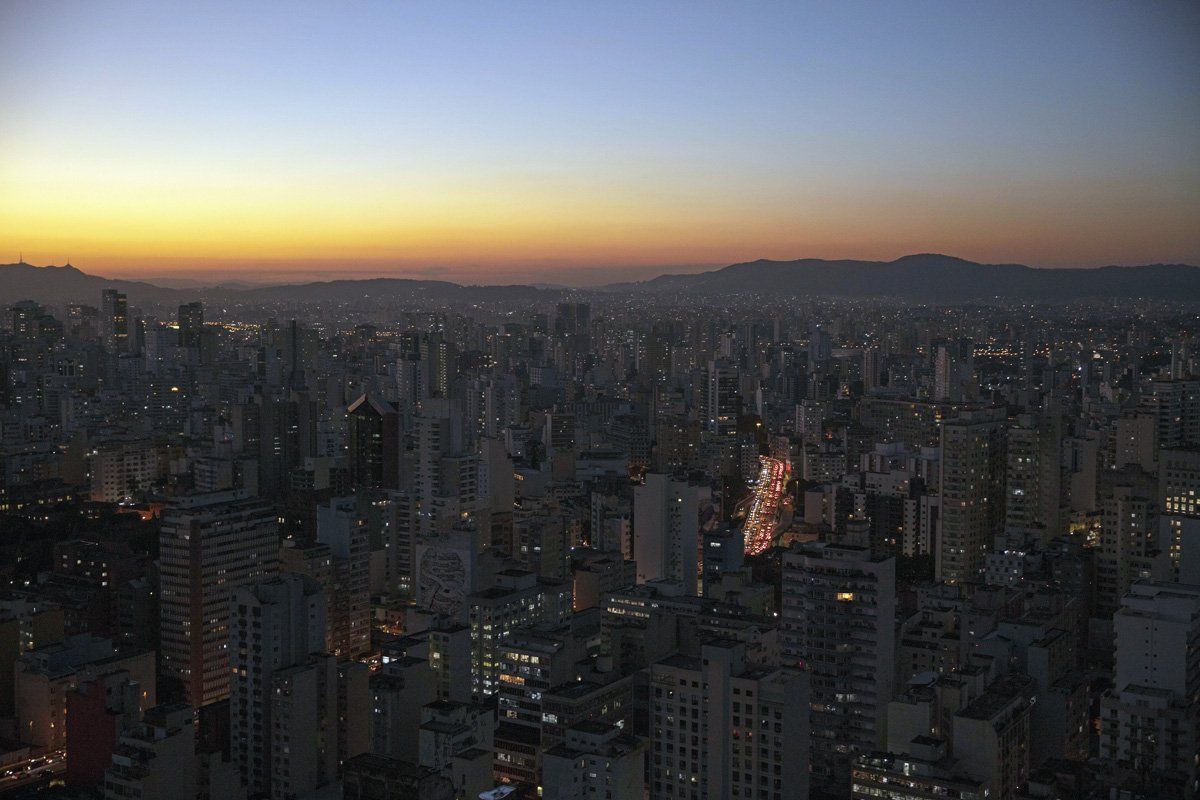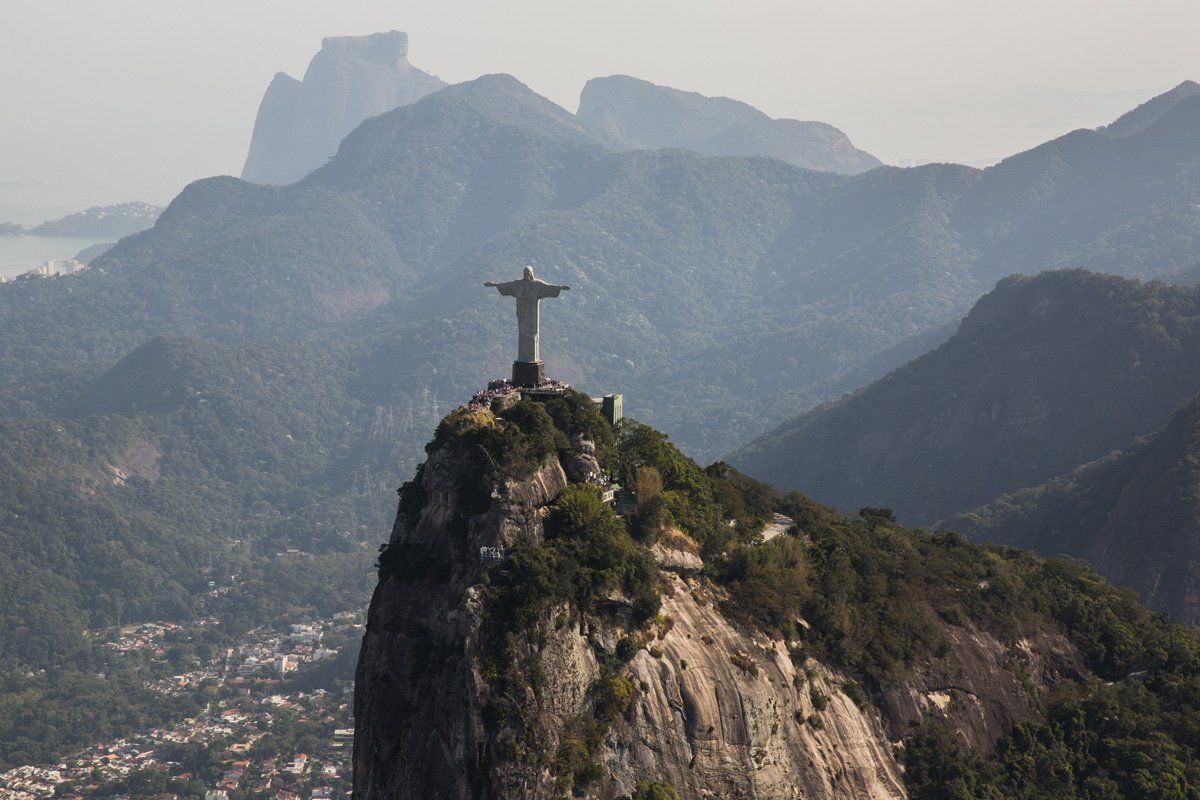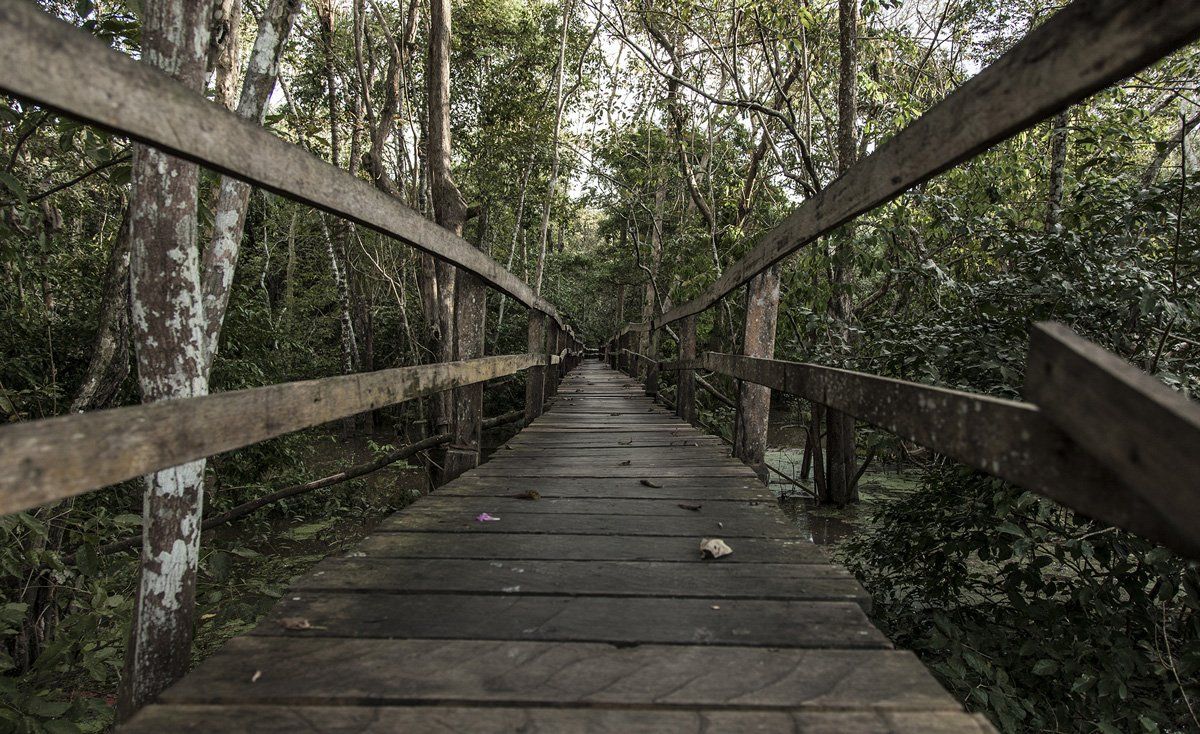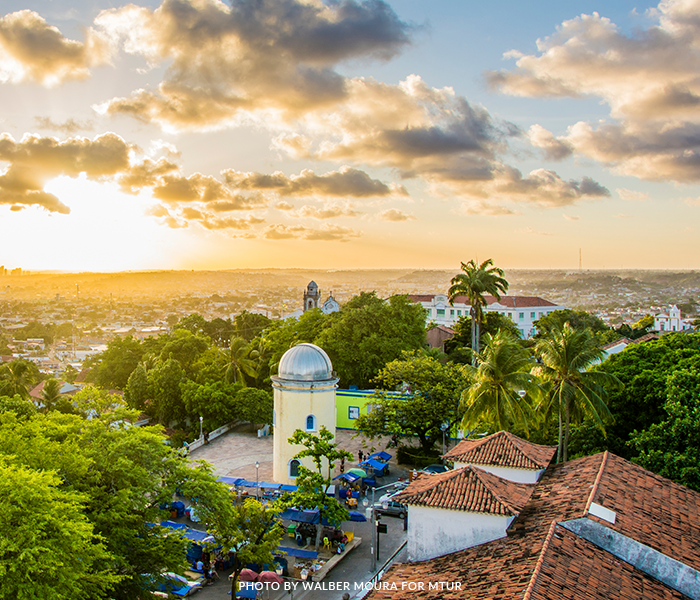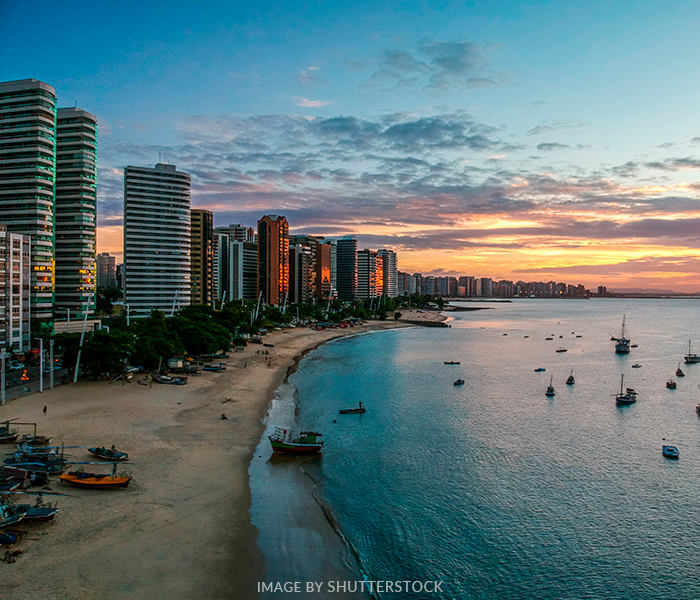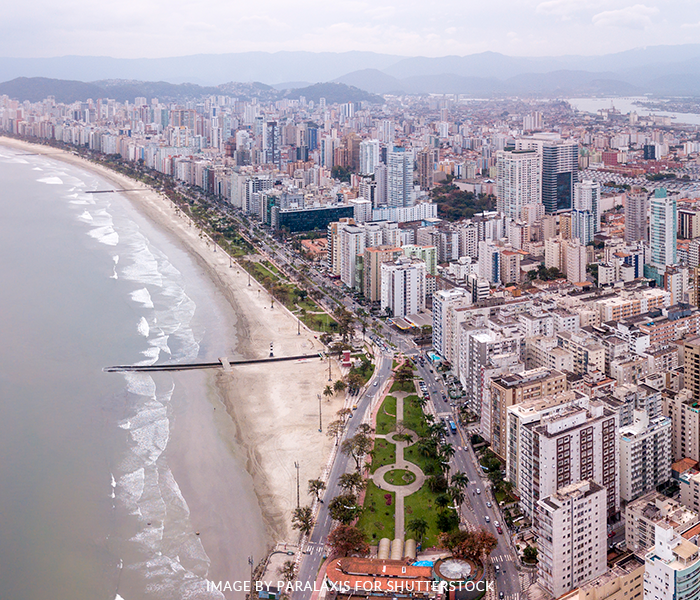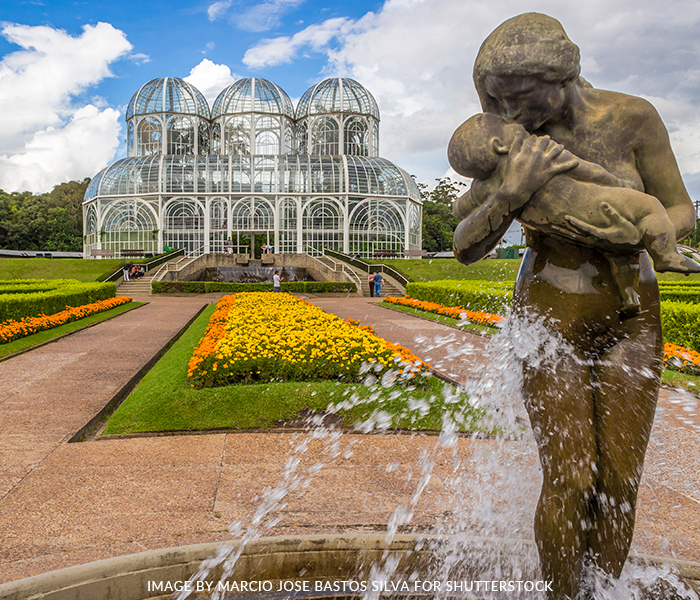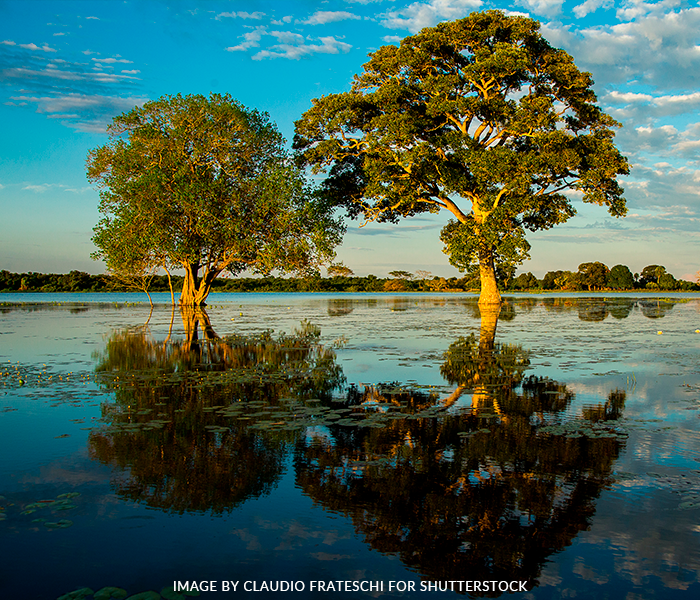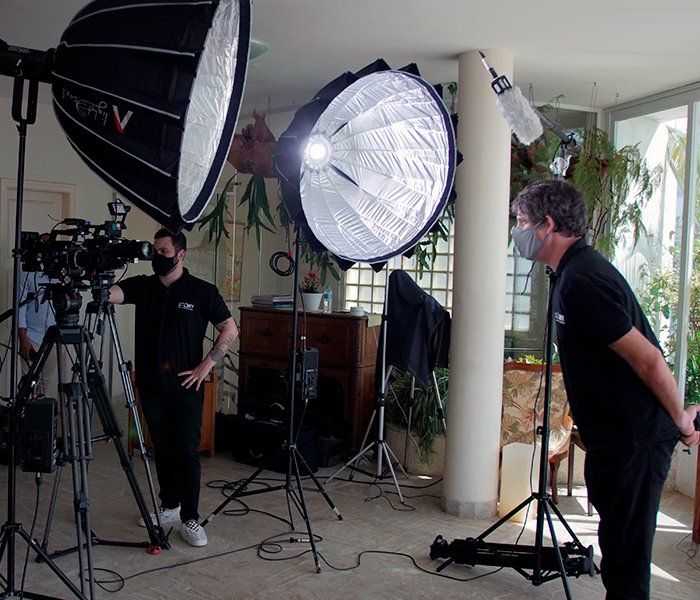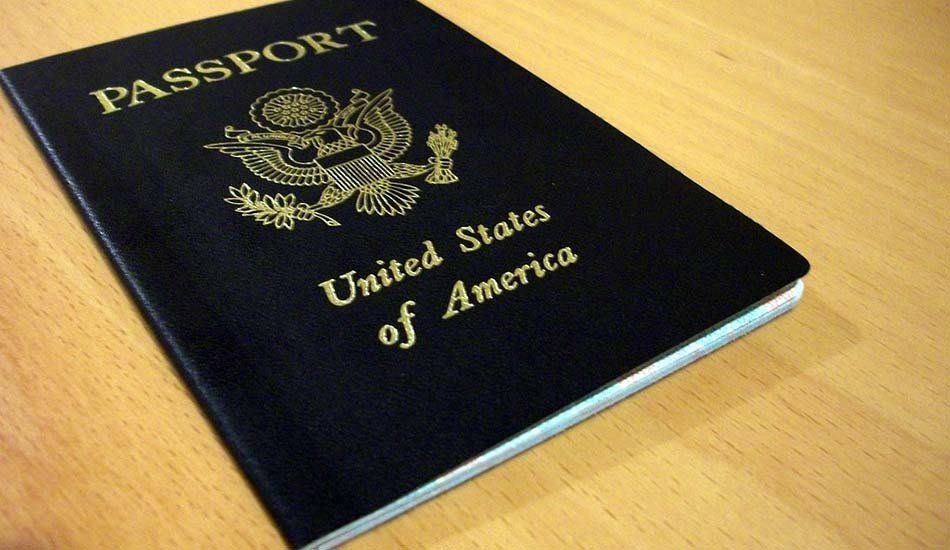Be prepared to experience four seasons in one day when filming in Brazil, especially in the tropical northern half of the country, as well as in São Paulo. This means making sure you have the gear and the transport to protect equipment, and a plan B and C with back-up locations if rain or storms make outside shooting impossible or unsafe.
Bad weather can also have knock-on effects on getting around – rain almost always leads to terrible traffic jams in cities, and can make dirt roads in rural areas impassable without 4x4s.








